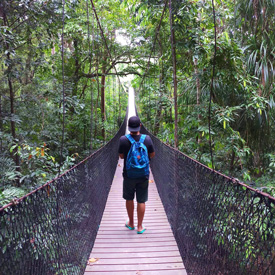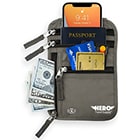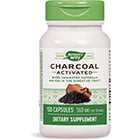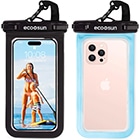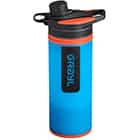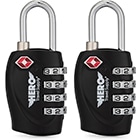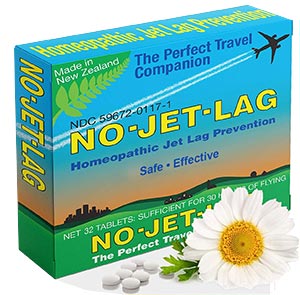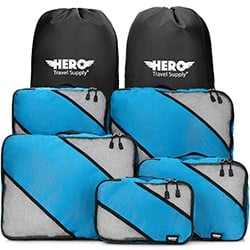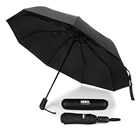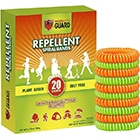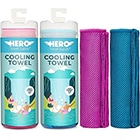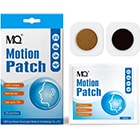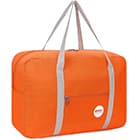Wet Season (June, July, August, September, October)
Central America’s wet season runs from June through October. The temperatures and humidity are high during these months (both averaging in the 80ºs), and hurricanes can occur as well. If visiting during this time of year, packing can be a challenge. You need to plan for sun, bug, and rain protection, all while ensuring your outfits will keep you feeling fresh in the heat. Favor loose-fitting items, ideally with breathable fabrics. Remember, if your clothes get wet, it can be difficult to dry them again in the humidity. Aim for lightweight fabrics and synthetics. A rain shell or poncho is a wise addition to your packing list, but remember, when it rains, the air is still hot! Also be sure to bring sensible walking shoes or hiking boots, as you’re bound to encounter mud in rural areas.
Dry Season (November, December, January, February, March, April, May)
Central America’s dry season coincides with the high season for tourism. Average daily temperatures hover comfortably in the high 70ºs and humidity levels are lower as well. For visits during the dry season, plan to pack warm-weather attire– sundress, shorts, t-shirts, but include a few light layers as well. Temperatures can be chilly, especially after dark. A light sweater, fleece jacket, or pashmina will cut the chill without taking up valuable space in your bag. Take precautions, and pack a light rain poncho as well, because an occasional rain shower may still occur.
Dressing for Activities in Central America – (Click to expand)
Archaeological Sites – Central America is home to countless incredible archaeological sites, and it’s no doubt that your travel itinerary will include at least one! When visiting these landmarks, prepare for sun. Most of the sites are very exposed, with minimal shade. Pack a sun hat, sunscreen and bug spray. Athletic clothing will keep you looking and feeling fresh(ish) even if you’re sweltering in the heat. Be sure to wear comfortable shoes as you’ll be logging a lot of steps.
Cathedrals – The Spaniards spared no expense when constructing cathedrals throughout Central America. Even if you’re not interested in history or religion, these buildings are incredible sights to behold. Just remember, most cathedrals are still active places of worship and it’s important to behave respectfully. Don’t wear anything too revealing– ladies, pack a pashmina to throw over your exposed shoulders. Always keep your voices down, and obey any signs forbidding photography.
Visiting Markets – The markets of Central America feature everything from textiles and leather products to hand-carved toys and delicious food. They’re the ultimate shopping destination! Markets tend to be crowded so it’s crucial to take precautions against pickpockets. Keep your money and valuables close to your body, either in a small purse or a money belt. Also be sure to wear closed-toe shoes as your toes may be trampled in the commotion if exposed. If carrying a backpack try wearing it on your front, unless you have locking zippers.




